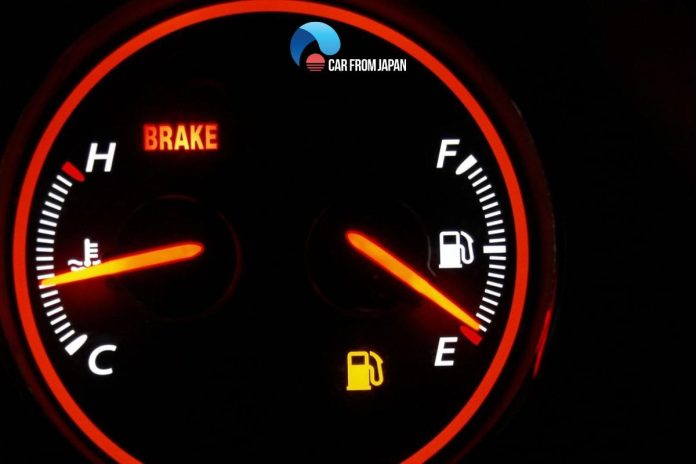Temperature gauge, the device is used to control and measure the temperature in a car or vehicle. Normally, the gauge shows the average temperature, which means it is not too hot or too cold.
This means everything works fine until you see that gauge to be running hot. The gauge running hot indicates that the engine is excessively hot so that it can break down.
However, the problem arises when the gauge shows the increased temperature, but the car is not overheating in actuality. The car running hot but not overheating shows the malfunctioning in the temperature gauge.
Today, we will understand what causes the gauge to show false temperature and how you can fix it.
Contents
Car Running Hot But Not Overheating: The Reasons
You don’t have to run the car with a false temperature as it misleads you and does not let you know the actual temperature.
It is always wise to drive the car with all the things working properly to keep any mishappening at bay. Let’s see the reasons.
Failed temperature sensor
The simplest reason for car running hot but not overheating is a failed gauge itself. When the sensor that measures the temperature is faulty or does not work, it is common to notice a wrong reading.
This sometimes may get back on track by cleaning the sensor as dust and debris may come in the way.
Broken temperature gauge
The next reason can be a broken gauge as there are parts in a temperature gauge that are prone to get broken.
The needle, for example, is prone to breaking when it is stuck, such as in the hot section and breaks. It can also stick in the grease; there are many gears in a gauge that can break or stick the needle.
In this case, one should perform a needle replacement by taking your car to a repairer. In severe cases, the sensor entirely may need to get changed, and a professional comes as the ultimate help.
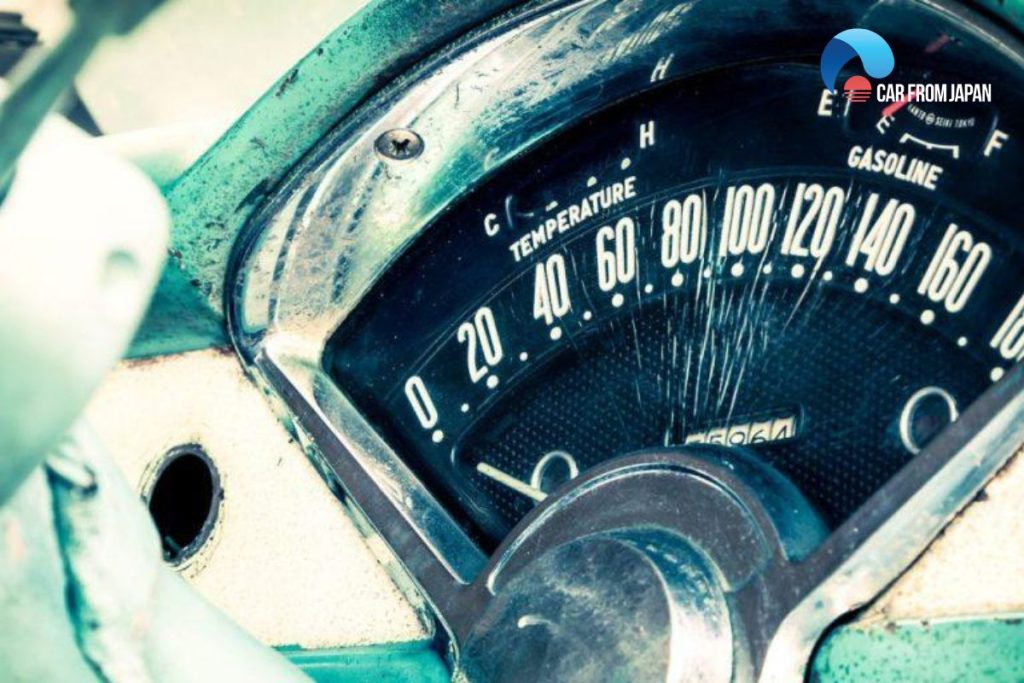
Head gasket failure
Sometimes, the car temperature gauge rising but car not overheating means having a faulty head gasket.
The seal at the coolant, combustion chamber, and engine oil pass is not secure. The head gasket forms a seal between the engine block and the cylinder head.
If this is the case, you should immediately take your car to a repairman as easing it uncured can have serious troubles.
Faulty water pump
The water pump works in the car’s cooling system which keeps the overall structure cool. A faulty water pump affects the overall cooling level of the system, and hence it may generate a warning via the temperature gauge.
Whenever there is a shaft breakage, seal leakage, or casting breakage, it can cause the water pump to malfunction. As a solution, one needs to have these areas shielded again or replace the water pump itself.
The engine is overheating
It is not necessary that every time the gauge malfunctions because sometimes you may misunderstand things.
Maybe the engine is overheating, and you just failed to notice it. Low coolant can be the reason that makes an engine overheat, and thus, it reflects on the temperature gauge.
As a solution, you need to level up the coolant and make sure there is no air in between, and you should stop facing the issue temperature gauge high but car not overheating.
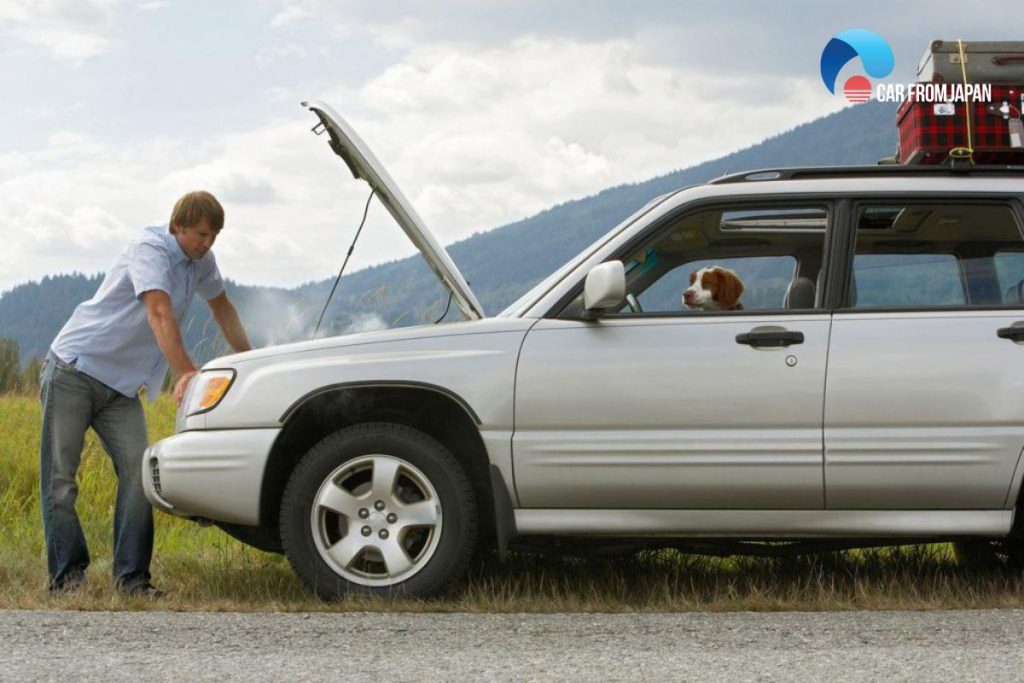
Cooling fan issues
The cooling fan helps to cool the radiator by pulling or pushing air over it. If the fan is not functioning correctly, the engine may run hot, especially at low speeds or when idling. Check the fan operation, fuses, and relays.
Clogged or collapsed hoses
Blocked or collapsed hoses can restrict the flow of coolant, leading to overheating. Examine the hoses for any signs of damage or collapse and replace them as needed.
Faulty thermostat
The thermostat regulates the flow of coolant through the engine. If it’s stuck closed or partially closed, it can cause the engine to run hot.
Consider having the thermostat inspected and replaced if necessary.
How To Know If The Temperature Gauge Needs Repair?
A faulty temperature gauge may encounter several issues other than indicating high temperature. It may also lead you to poor mileage if not treated timely.
Here are some indications that let you know if the temperature gauge needs treatment or replacement.
- Erratic readings: Rapid fluctuations without a stable reading indicate a problem.
- Stuck needle: A needle that doesn’t move, or remains pegged in the red zone, signals a faulty gauge.
- Consistent low readings: Readings constantly between 80 and 100 degrees while driving suggest an issue.
- Sudden drops to cold: If the gauge drops to a cold reading when idling or moving slowly after being normal, the gauge may be faulty.
- Unexplained poor mileage: A faulty temperature gauge can sometimes contribute to decreased fuel efficiency.
- Loose radiator cap: While not a gauge problem itself, a loose radiator cap can cause inaccurate temperature readings.
If you experience any of these symptoms, consult a mechanic to diagnose the problem and get advice on necessary repairs or maintenance.
Ignoring a faulty temperature gauge can lead to further engine problems and reduced fuel economy.
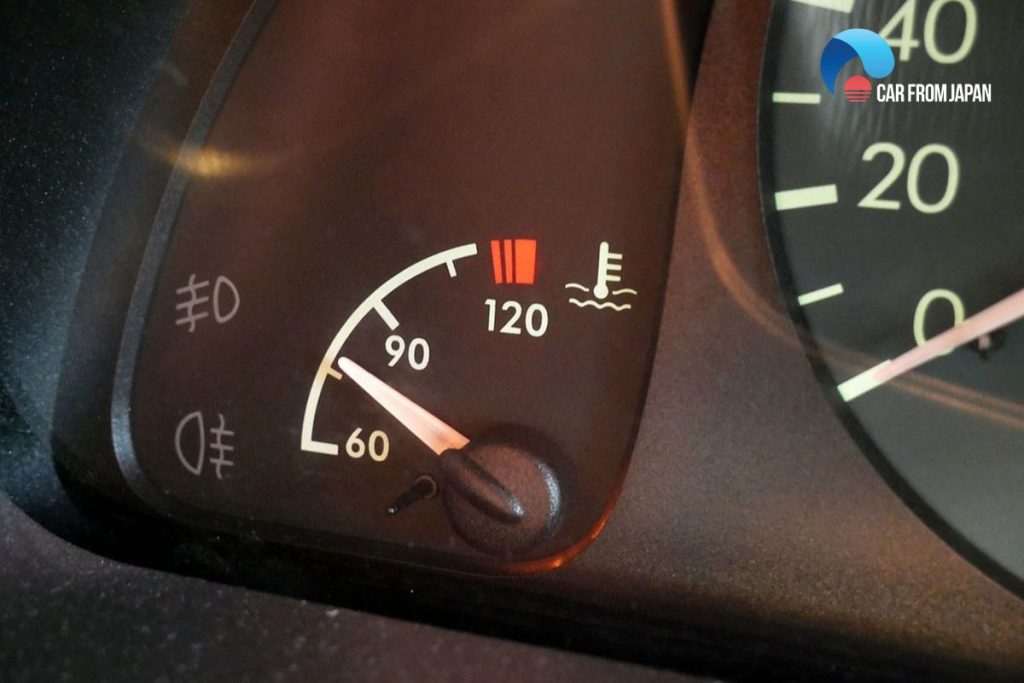
How To Prevent Car Running Hot But Not Overheating Issue?
A car running hotter than normal, but not quite reaching the overheating point, can still lead to problems down the road.
Here are some tasks you can to to avoid this issue.
Coolant system flush
The coolant in your car’s cooling system doesn’t last forever. Over time, it can become contaminated with rust, debris, and lose its anti-corrosive properties.
This act is typically recommended every 2-5 years or a specific mileage interval.
Radiator check
Look for any external leaks, and check for blockages within the radiator core.
Clean any debris, bugs, or leaves from the fins, as they can restrict airflow and reduce cooling efficiency. A damaged radiator may need repair or replacement.
Hoses and clamps
Regularly inspect all hoses for signs of wear and tear, and ensure clamps are tight and secure. Replacing worn hoses and clamps can prevent leaks and ensure proper coolant flow.
Thermostat replacement
A stuck-closed thermostat restricts coolant flow, causing the engine to overheat.
Conversely, a stuck-open thermostat can prevent the engine from reaching optimal operating temperature. A faulty thermostat should be replaced promptly.
Maintain proper coolant level
The coolant level in the overflow reservoir should be maintained within the specified range. Check it regularly and top it off as needed!
Use the correct coolant
Different coolants have different chemical compositions and are designed for specific engine types.
Consult your owner’s manual for the correct coolant type for your vehicle.
Monitor temperature gauge
Make it a habit to regularly check your temperature gauge while driving.
If you notice the needle consistently higher than its normal operating range, even if it’s not in the red zone, investigate the cause promptly. This early detection can prevent more serious issues.
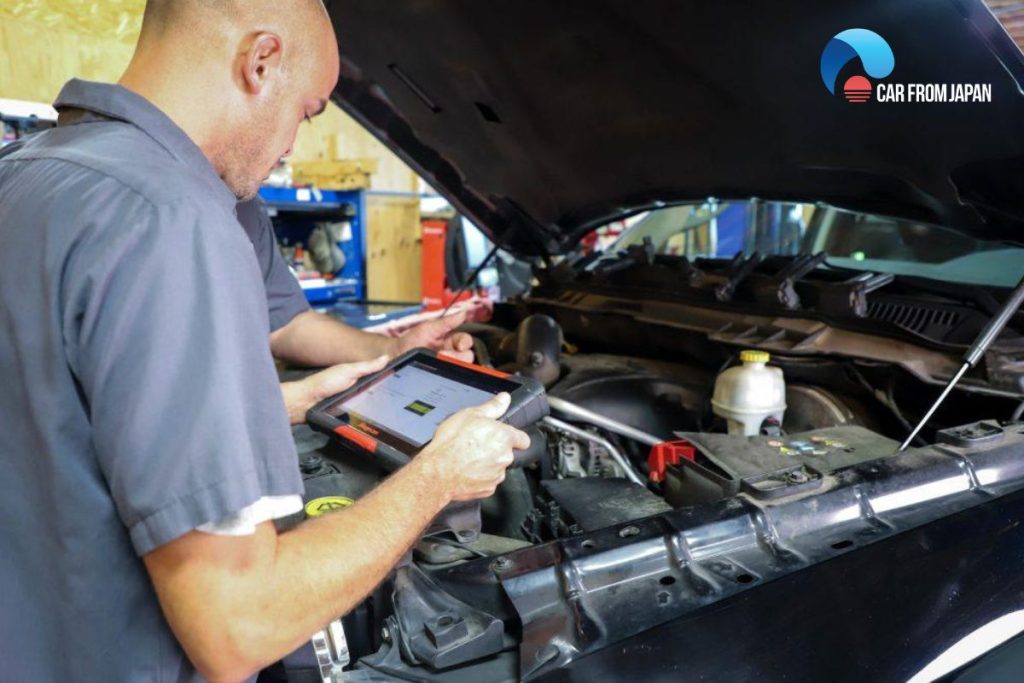
Minimize stop-and-go driving
Stop-and-go traffic generates a significant amount of heat, putting extra strain on the cooling system.
When possible, try to avoid heavy traffic situations, especially during hot weather, to reduce the load on your cooling system.
Address leaks
Any leaks in the cooling system, no matter how small they may seem, should be addressed immediately.
Even a minor leak can eventually lead to significant coolant loss and overheating. Don’t delay in getting leaks repaired.
FAQs on Car Running Hot But Not Overheating
Why does my car run hotter in traffic but cool down at higher speeds?
This is often due to a faulty cooling fan. At highway speeds, airflow cools the radiator naturally, but in slow traffic, a failing fan can’t assist in cooling, so the engine gets hotter.
Is it normal for turbocharged cars to run hotter, even without overheating?
Yes, turbo engines typically generate more heat than naturally aspirated ones.
That’s why they often come with additional cooling components, and why slight increases in temperature aren’t always a red flag.
Why does my engine seem hot but no warning lights come on?
It could be because the issue is subtle – like inefficient heat dissipation, not an outright failure. Modern ECUs may not trigger alerts unless thresholds are exceeded.
Can a stuck-open thermostat still make my engine run hot?
Oddly, yes. A thermostat stuck open can prevent the engine from reaching optimal temperature quickly.
But if it causes continuous coolant flow, it might also reduce pressure and efficiency, raising the temperature later.
Check out this video from MaxTheCarGuy to visually learn more about the car engine hot but not overheating causes and fixes!
Conclusion
When a temperature gauge goes bad, the gauge doesn’t need to be faulty. Several factors and elements may cause the gauge to malfunction.
In case you do not have any experience with handling the technical issue, it is always advised to take your car to a repairer and deal with car running hot but not overheating issue.

